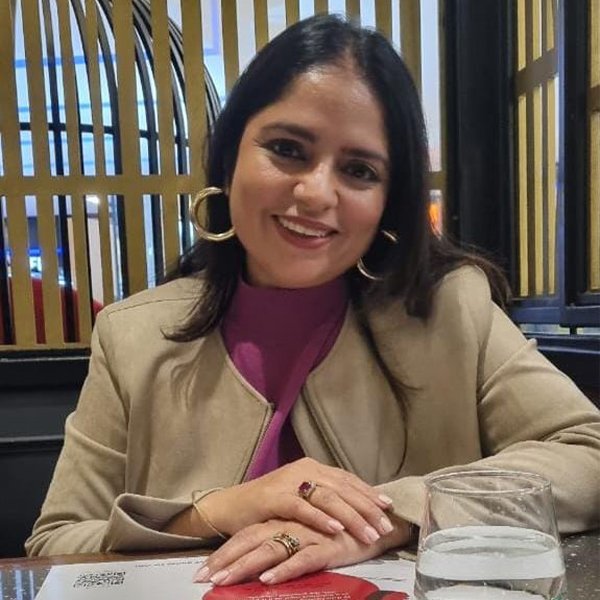In a world that thrives on connections and interactions, the art of effective communication stands as a cornerstone of success.
Think about a time when a conversation left you feeling understood, or when you were able to convey your thoughts with clarity, leaving no room for misinterpretation.
Now consider instances where miscommunication led to confusion, misunderstanding, or missed opportunities. These scenarios underscore the profound impact of communication on our lives.
From the workplace to social gatherings, effective communication skills empower us to share our perspectives, build connections, and collaborate toward shared objectives.
It’s a skill that goes beyond the mere exchange of words – it encompasses active listening, empathetic understanding, and the ability to adapt to various contexts and audiences.
In this article, we will delve into the essential components that make up a skilled communicator. We will explore strategies to enhance verbal and nonverbal communication, the art of active listening, adapting messages to diverse audiences, and much more.
How to be a Good Communicator?
Here are the 10 important things that will help you become a good communicator-
Understanding the Basics of Communication
Effective communication serves as the foundation for building strong connections, fostering collaboration, and conveying ideas with precision. Let’s begin by exploring the fundamental pillars of communication: verbal communication, non-verbal communication, and active listening.
Verbal Communication:
At the heart of communication lies the spoken word. Verbal communication involves the use of language to express thoughts, convey information, and engage in conversations.
This encompasses not only the words we choose but also the tone, pitch, and pacing with which we speak.
Think of how a well-timed joke can lighten the mood or how a carefully phrased question can spark a meaningful discussion.
Effective verbal communication is about choosing the right words, using appropriate language for the audience, and infusing emotions into your speech to connect on a deeper level.
Non-Verbal Communication:
While words carry weight, much of what we communicate is conveyed through non-verbal cues. Facial expressions, gestures, posture, and eye contact – these silent signals often speak louder than words.
Consider how a warm smile can convey friendliness, or how crossed arms might indicate defensiveness.
Becoming attuned to non-verbal cues, both your own and those of others, can significantly enhance your ability to decode messages accurately and respond appropriately.
Listening:
Communication isn’t a one-way street; listening is an integral part of the process. Active listening goes beyond merely hearing the words spoken.
It involves giving your full attention to the speaker, comprehending their message, and responding thoughtfully. Think about how validating it feels when someone truly listens to your thoughts or concerns.
By employing techniques like maintaining eye contact, nodding, and asking clarifying questions, you can demonstrate your engagement and create an environment of open dialogue.
Developing Active Listening Skills
Active listening is essential to effective communication and you can instantly elevate your conversational prowess by using simple techniques, which are as follows-
- Maintaining Eye Contact. It helps you establish connections, show respect, and convey genuine interest through consistent eye contact
- Allowing speakers to articulate their thoughts fully before responding, promotes a free flow of ideas.
- Seeking understanding by posing questions that elucidate and refine the speaker’s message.
- Offering constructive feedback that validates the speaker’s words and demonstrates your engagement.
Tailoring Communication to Your Audience:
When you talk to people, it’s important to think about who they are. Different people like different things and understand things in their way.
If you talk to your friends, you might use one kind of word, but if you talk to teachers or parents, you might use different words. It’s like speaking their language, so they can understand you better.
The Art of Constructive Feedback:
Giving feedback means telling someone how they’re doing, but in a helpful way. Instead of just pointing out mistakes, you can also tell them what they’re doing well.
This helps them get better without feeling bad. Imagine you’re helping a friend practice a sport – you’d say what they’re doing right and give tips for improving.
Developing Empathy and Emotional Intelligence:
Empathy is like trying to feel what someone else is feeling. It’s about being understanding and kind. Emotional intelligence is knowing how to handle your feelings and understand others. It’s like being good at understanding people’s emotions and knowing how to deal with your own.
Overcoming Communication Barriers:
Sometimes, it’s hard to understand each other because of differences like language or not paying attention. To overcome this, try to use simple words, pay attention when others talk, and use your body to show you’re listening, like nodding. Also, think about how others might feel or think based on their background.
Practicing Effective Written Communication:
When you write something, like an essay or an email, it’s important to make it clear. Use headings and lists to organize your ideas.
Write short sentences and avoid using hard words if you don’t need to. Before you finish, read it again to fix any mistakes and make sure it makes sense.
Navigating Difficult Conversations:
Hard talks happen sometimes, but you can handle them. Stay calm and think about what you want to say.
Use “I” phrases to share your thoughts and listen carefully to what the other person says. Ask questions to understand them better. It’s like finding a solution together, even if you don’t agree on everything.
Conclusion
Becoming a skilled communicator is like unlocking a superpower that opens doors in both personal and professional life.
By understanding the basics of communication, like tailoring your message and practicing active listening, you’re on your way to being a communication wizard.
Remember, communication isn’t just about words. It’s about understanding others, showing empathy, and being emotionally intelligent.
These qualities create connections that go beyond the surface. One of the most important traits of a leader is being a great communicator. Leaders who can express their ideas clearly and listen to their team which contribute more towards effective team building process.
So, whether you’re talking face-to-face, sending an email, or navigating a tough conversation, the skills you’ve learned about effective communication will guide you.
Keep practicing, keep adapting, and keep growing. Being a good communicator isn’t just about what you say – it’s about the positive impact you create through understanding, empathy, and connection.

Ramanjeet Kaur is a Life Skills and Behavioural Trainer. Her journey to becoming an entrepreneur and starting her career as a trainer in the education industry is an inspiring revelation. She was always passionate about teaching profession from her childhood and started mentoring young kids to develop their personalities.

